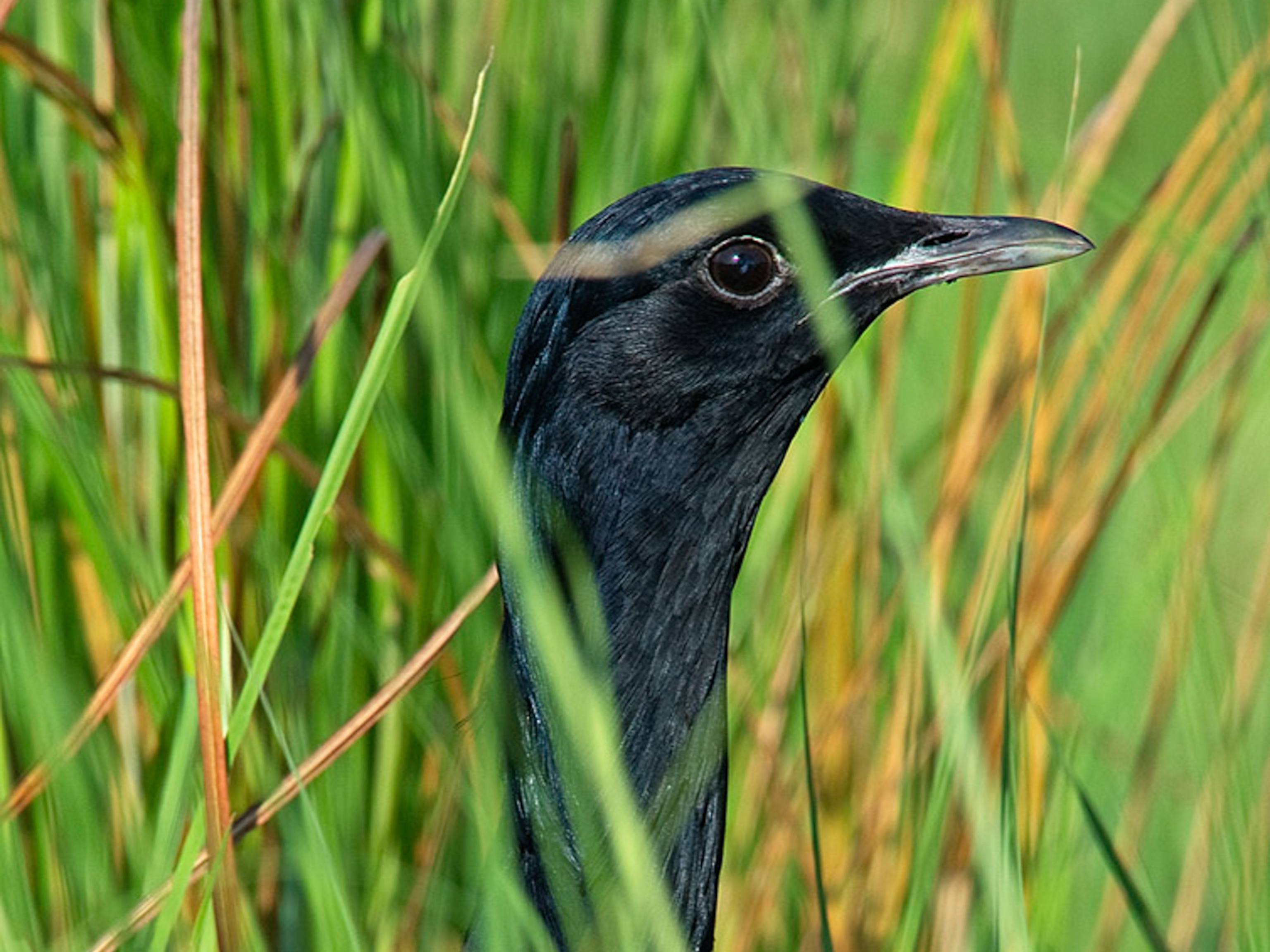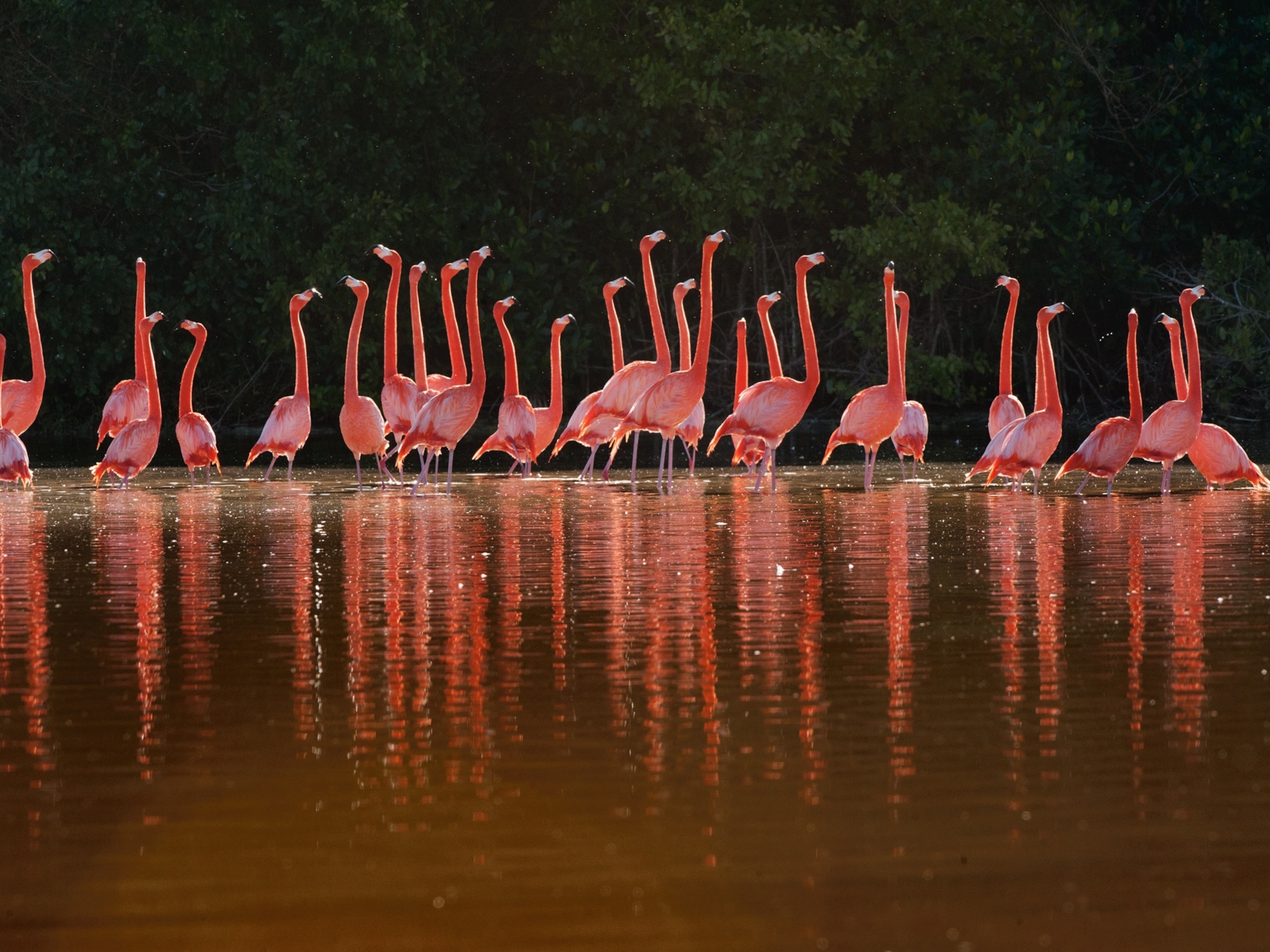
Ultra-Rare Black Flamingo Spotted in Cyprus
The unusually colored bird could be one of a kind, experts say.
For one flamingo in Cyprus, black is the new pink.
A rare black greater flamingo made news this month after it was spotted among a flock of white and pink brethren at the Akrotiri Environmental Center on the Mediterranean island nation.
The bird’s unusual plumage comes from a genetic condition called melanism, which causes excessive pigment to darken feathers. It’s occasionally seen in hawks and ducks, but has only been observed in a greater flamingo once before, in a bird filmed in Israel in 2013.
Flamingoes can migrate long distances, so it’s “definitely possible,” that the Cyprus sighting is actually the same bird, says Felicity Arengo, a conservationist at the American Museum of Natural History.
Conservationist Michaeline Moloney of the Flamingo Specialists Group—a global network of flamingo specialists—goes further, saying that the videos filmed in Cyprus and Israel show the exact same bird, which are distinguishable by how they look and interact with others.
Black Beauty
Melanism can help birds blend into their surroundings, making it a useful anti-predator defence for some species. But since adult flamingos don’t have many natural predators in the region, this bird’s plumage could be more bane than boon: Too much pigment makes feathers brittle and prone to breakage.
Arengo, who observed the black flamingo in Israel, says the bird doesn’t attract undue attention from its conventional counterparts.
But, she adds, black feathers could make it hard to attract mates with a taste for rosy pink.
“There’s even evidence that flamingoes use pigment from their glands as makeup to enhance (rosy) coloration,” says Arengo. (Read: Flamingos Apply "Makeup" to Impress Mates).
An all-black bird on that scene might not have a leg to stand on.
Follow Ralph Martins on Twitter.





